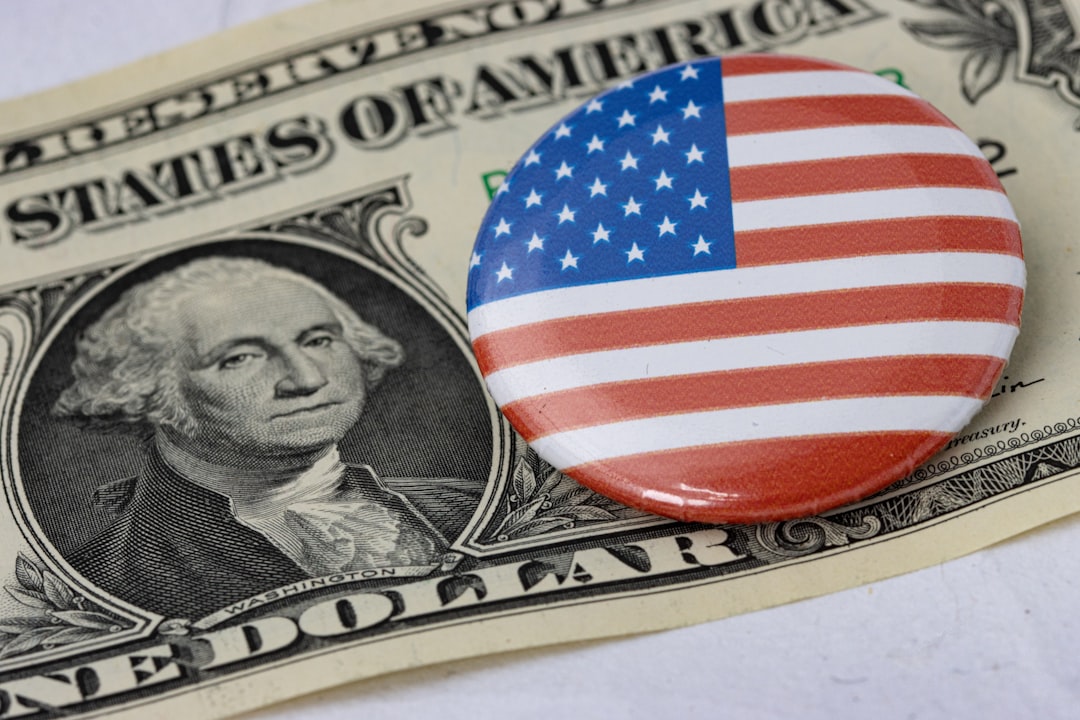Have you ever dreamt of a life where Monday mornings are optional, where your time is truly your own, and financial worries are a distant memory? For many, this isn’t just a pipe dream; it’s the core promise of the Financial Independence, Retire Early (FIRE) movement. In a world of rising living costs and economic uncertainties, the allure of FIRE is stronger than ever, inspiring countless individuals to redefine their relationship with money and work. But what does achieving FIRE truly entail in 2025, and how can you navigate its evolving landscape? Let’s dive in! 😊
What Exactly is the FIRE Movement? 🤔
At its heart, FIRE is a financial strategy and a lifestyle choice focused on aggressive saving and investing to achieve financial independence and potentially retire much earlier than the traditional age of 65. The movement gained significant traction in the 2010s, popularized by books like “Your Money or Your Life”. It’s about building enough assets and income streams to cover your living expenses, freeing you from reliance on a traditional paycheck.
The core principle involves saving a significant portion of your income—often between 50% and 75%—and investing it wisely. This aggressive approach, combined with frugal living, allows compound interest to work its magic, turning contributions into a substantial nest egg.
The “FIRE number” is typically calculated as 25 times your expected annual expenses. This figure is based on the “4% rule,” which suggests you can safely withdraw 4% of your portfolio value annually to sustain your lifestyle for 30 years.
The Diverse Paths to FIRE: Types and Trends 📊
The FIRE movement isn’t a one-size-fits-all strategy. As it has evolved, various approaches have emerged, catering to different lifestyles and financial goals. Understanding these variations is crucial for finding the path that best suits you.
| FIRE Type | Description | Key Characteristic |
|---|---|---|
| Traditional FIRE | Aggressive saving (50-75% income) to fully retire early. | Complete cessation of work. |
| Lean FIRE | Extreme frugality and minimalist living to retire on a smaller nest egg (e.g., $25,000-$40,000 annual expenses). | Minimalist lifestyle, lower expenses. |
| Fat FIRE | Saving aggressively for a more comfortable, luxurious retirement without limiting spending (e.g., $100,000+ annual expenses). | Higher standard of living in retirement. |
| Barista FIRE | Retiring from a traditional 9-to-5 job but working part-time for supplemental income and benefits (like healthcare). | Part-time work for income/benefits. |
| Coast FIRE | Saving enough early in life so investments grow to the FIRE number by traditional retirement age without further contributions. | Early savings, passive growth. |
| Slow FI | Incrementally building freedom and joy into life while pursuing financial independence, not necessarily rushing early retirement. | Prioritizing present happiness and flexibility. |
In 2025, we’re seeing a shift towards more flexible FIRE models like Barista FIRE and Coast FIRE, as individuals adapt to economic realities and prioritize work-life balance over extreme frugality. The concept of “Hold the RE” is also gaining traction, where people achieve financial independence but choose to continue working in passion-driven or lower-stress roles.
While the FIRE movement offers immense benefits, it’s not without its challenges. Living on a strict budget can be difficult, and unexpected expenses or market volatility can impact plans.
Key Checkpoints: What to Remember for Your FIRE Journey 📌
You’ve made it this far! With so much to consider, let’s quickly recap the most crucial aspects of the FIRE movement. Keep these three points in mind as you plan your path to financial freedom.
-
✅
Aggressive Savings & Smart Investing are Non-Negotiable.
To achieve FIRE, you must prioritize saving 50-75% of your income and invest it strategically in diversified assets like index funds, dividend stocks, and real estate. -
✅
Adaptability is Key in Today’s Economy.
Inflation, market volatility, and rising healthcare costs are significant challenges in 2025. Be prepared to adjust your strategies, diversify income streams, and consider flexible FIRE models. -
✅
Your “Why” and Community Matter.
Define your motivations for pursuing FIRE beyond just money. Engaging with the FIRE community provides invaluable support, shared knowledge, and motivation to stay on track.
Navigating the 2025 Economic Landscape for FIRE 👩💼👨💻
The economic environment in 2025 presents both opportunities and challenges for FIRE enthusiasts. While the core principles remain steadfast, adapting to current realities is paramount. Inflation and rising living costs continue to be significant hurdles, impacting everything from housing to healthcare. Market volatility also necessitates a resilient and diversified investment portfolio.
However, there are also favorable trends. Remote work has opened doors to geo-arbitrage, allowing individuals to move to lower-cost areas while maintaining competitive incomes. The gig economy offers flexible income streams, supporting semi-retirement models. Furthermore, technological advancements, including budgeting and investment apps, and robo-advisors, are making financial management more accessible and efficient.
To combat inflation, consider maintaining larger emergency funds, exploring high-yield savings accounts, and investing in assets that historically keep pace with rising prices, such as index funds tracking the total stock market.
Practical Steps: Building Your FIRE Investment Strategy 📚
Ready to start your FIRE journey? Here are actionable steps to build a robust financial plan:

1. Define Your “Why” and Crunch the Numbers
- Clarify Your Motivation: What does financial independence truly mean to you? Early retirement by 40, global travel, or pursuing a passion project? Your “why” will be your guiding light.
- Calculate Your FIRE Number: Determine your current annual expenses, then multiply that by 25. This is your target savings goal.
2. Master Budgeting and Boost Your Savings Rate
1) Embrace Frugality Mindfully: Identify areas to cut back without feeling deprived. This isn’t about sacrificing all joy, but about mindful spending.
2) Increase Income: Explore side hustles, negotiate raises, or invest in skill development to boost your earning potential. A savings rate of 50% or higher is common among FIRE followers.
3. Invest Aggressively and Diversify Wisely
- Low-Cost Index Funds & ETFs: These are popular choices within the FIRE community for long-term growth and diversification.
- Dividend Stocks: Generate regular income and offer potential capital appreciation. Reinvesting dividends can accelerate wealth building.
- Real Estate: Rental properties or passive real estate investments can provide cash flow and long-term wealth.
- Tax-Advantaged Accounts: Maximize contributions to Roth IRAs, 401(k)s, and HSAs to leverage tax benefits and compound interest.
4. Automate, Track, and Adjust
1) Automate Finances: Set up automatic transfers to savings and investment accounts for consistent growth.
2) Track Progress: Regularly review your portfolio and adjust your strategy to align with changing goals and market conditions.
Remember, the journey to FIRE requires patience, persistence, and a proactive approach to personal finance. It’s a long-term strategy that demands staying invested even during market turmoil, adjusting spending or saving as needed, but keeping the underlying strategy consistent.
Conclusion: Your Path to Financial Freedom 📝
The FIRE movement in 2025 is not just alive; it’s evolving. While economic shifts have introduced new challenges, they’ve also created opportunities for creative solutions and more flexible approaches. It’s less about rigid formulas and extreme frugality, and more about designing a resilient financial plan that supports your unique definition of freedom.
Whether your goal is complete early retirement or simply gaining the financial independence to pursue your passions, the core idea of intentional living and smart investing remains timeless. By focusing on clear goals, strategic planning, and adaptability, you can achieve a version of FIRE that aligns with your values. What are your thoughts on the FIRE movement in today’s world? Share your questions and insights in the comments below! 😊
FIRE Movement: 2025 Snapshot
Frequently Asked Questions ❓
